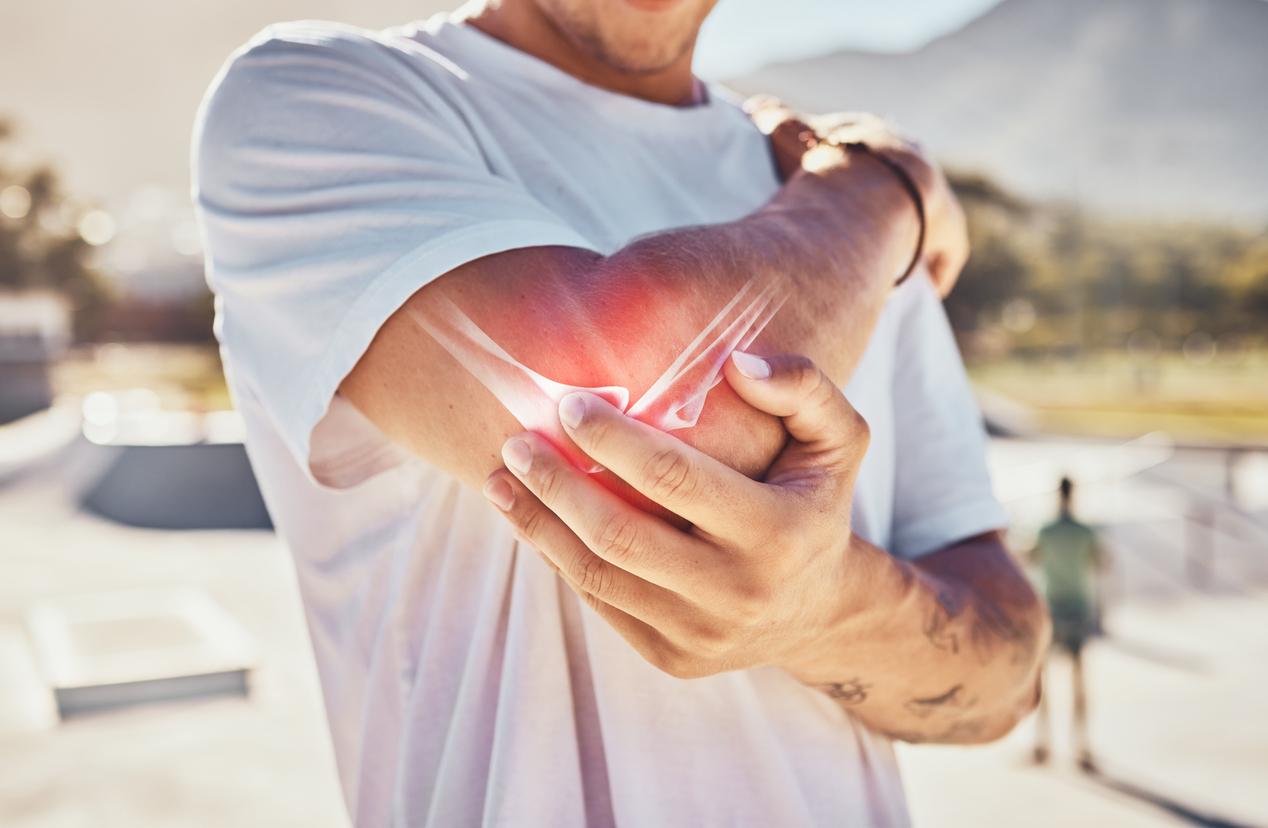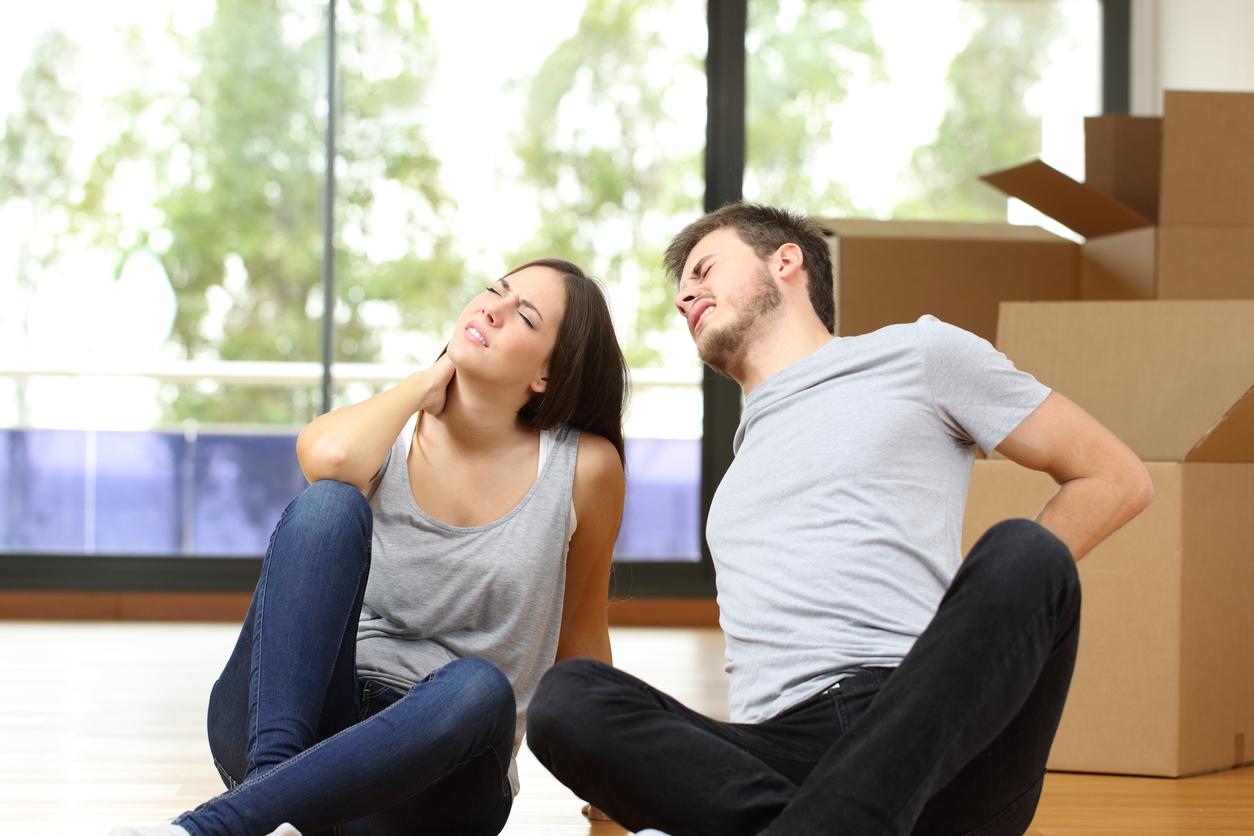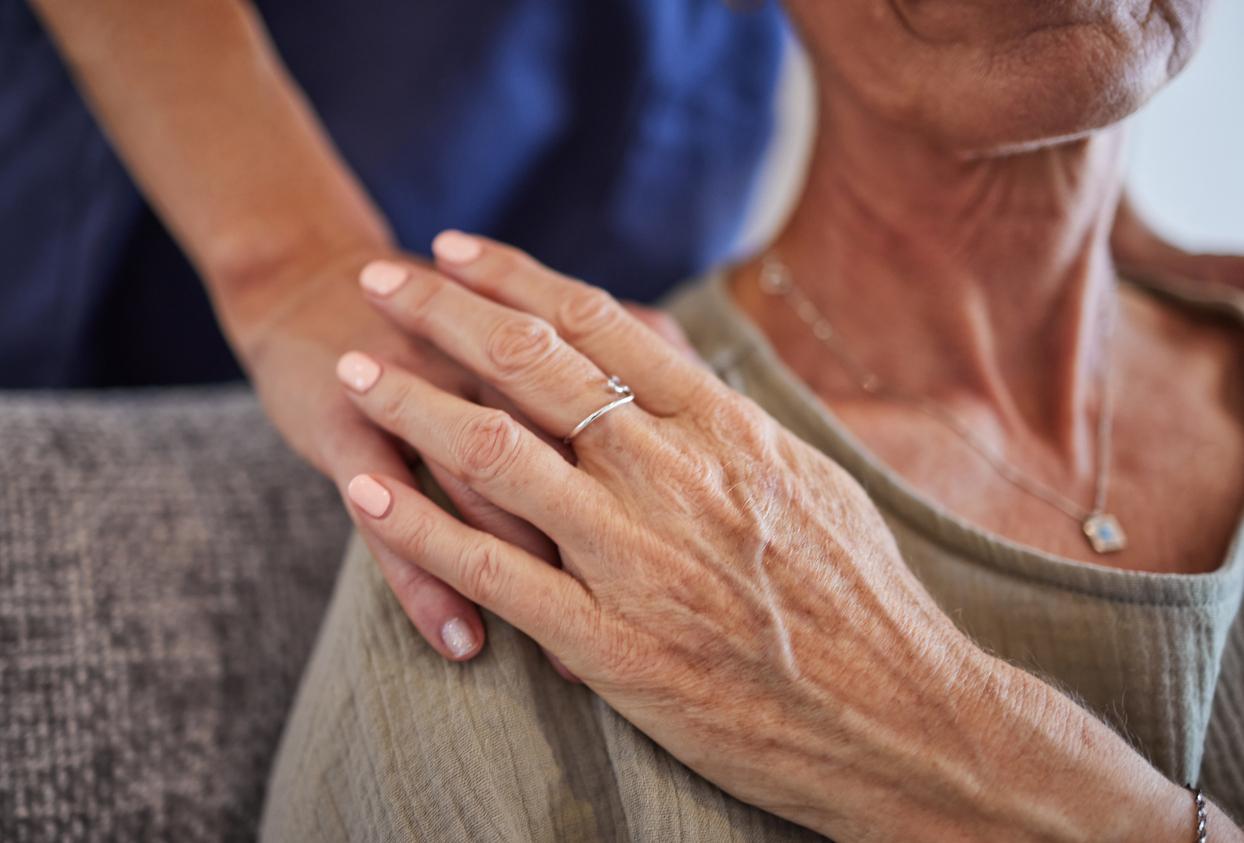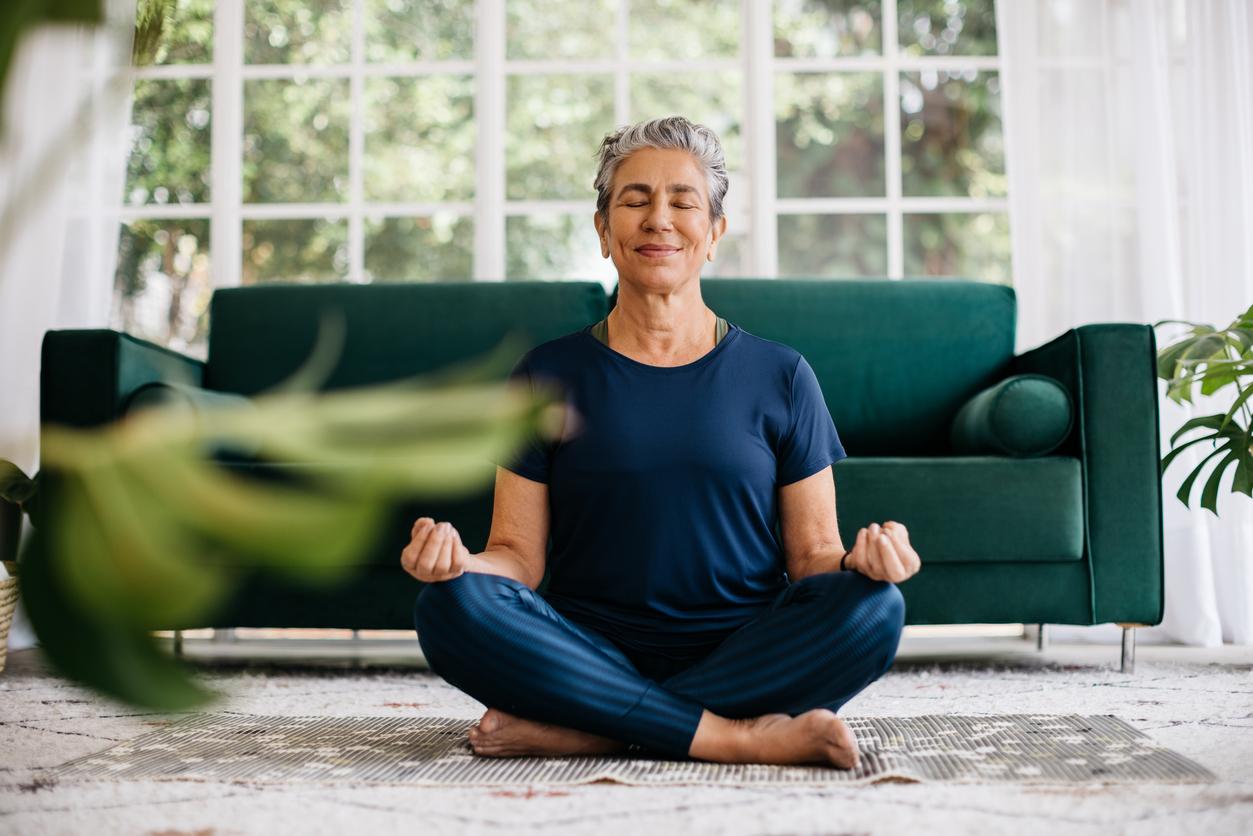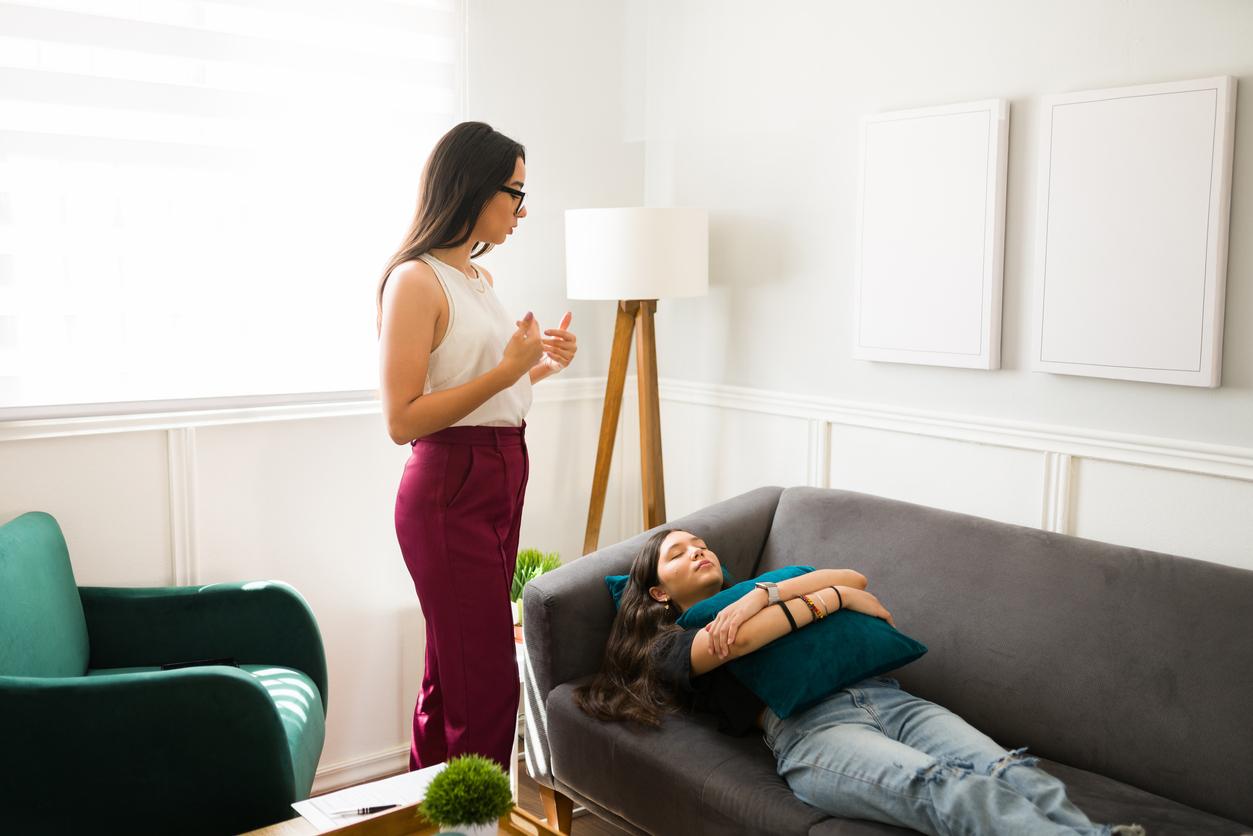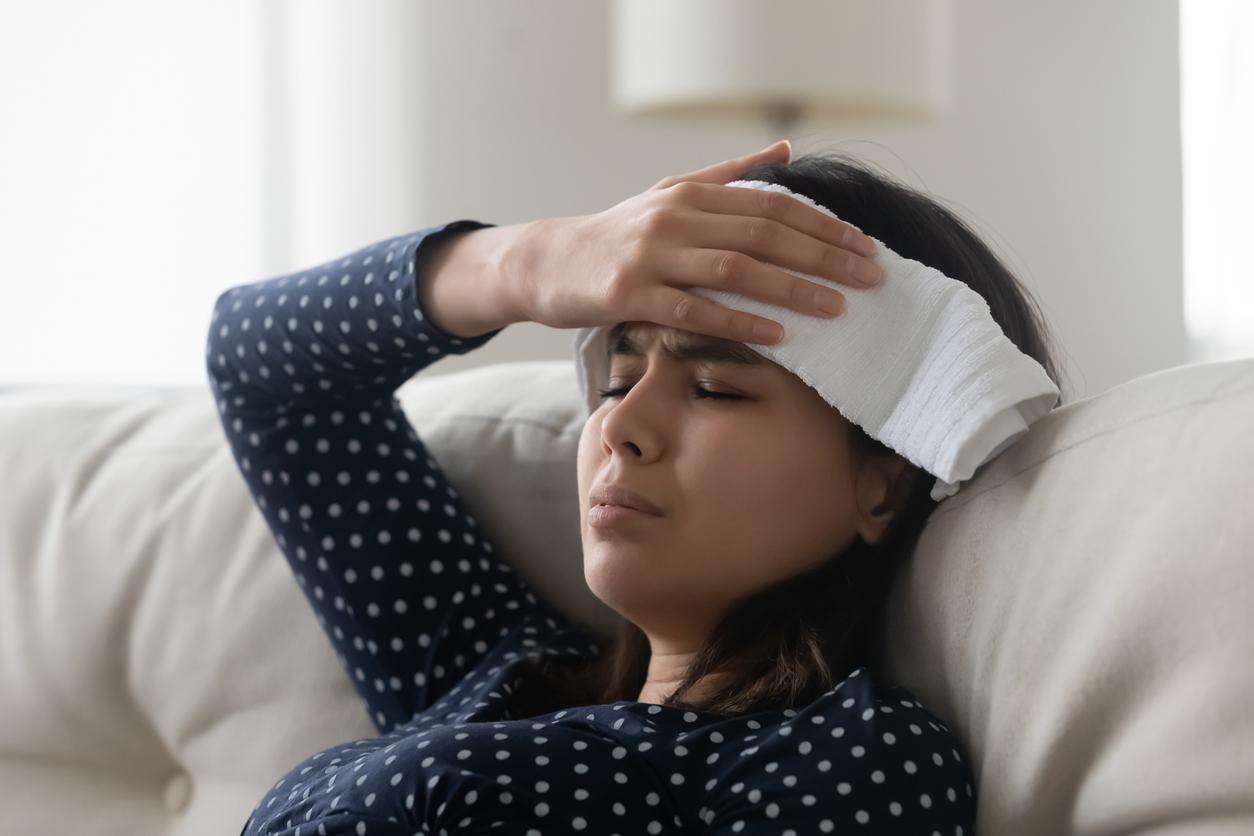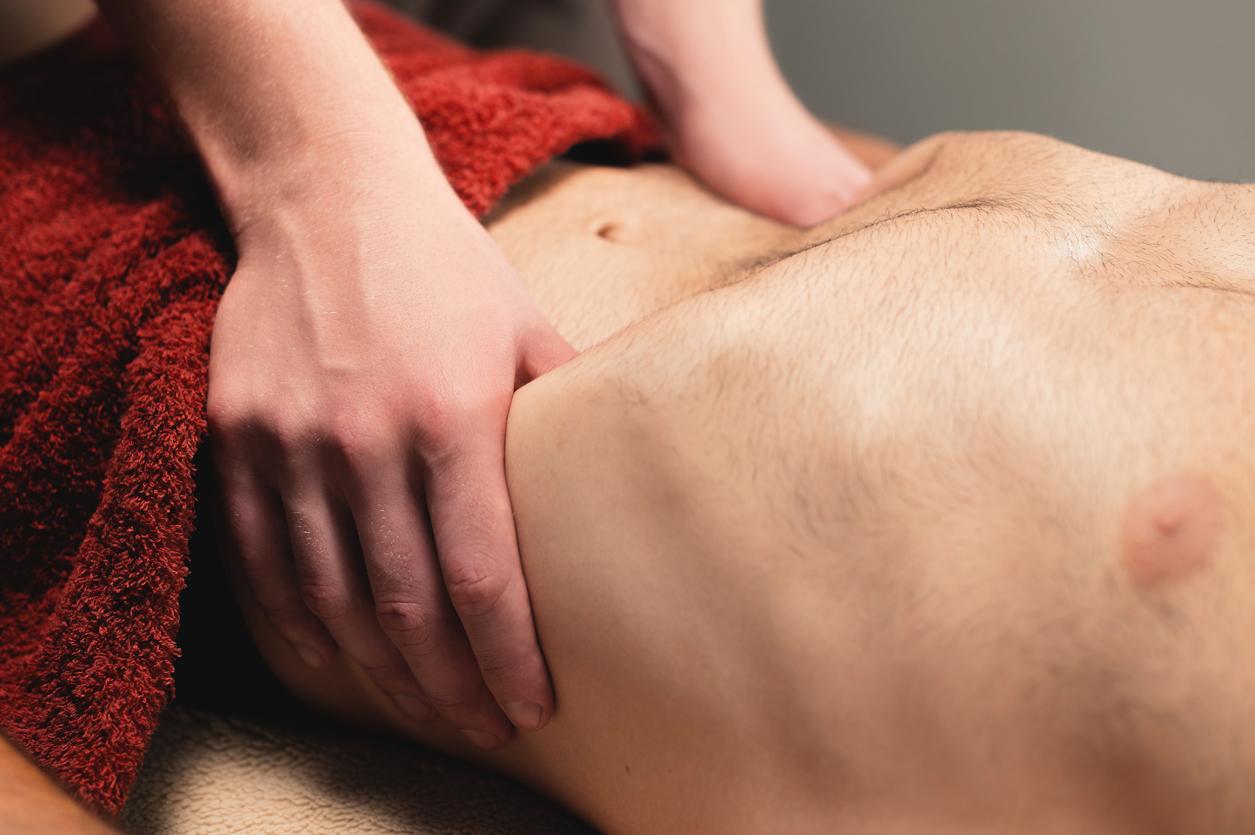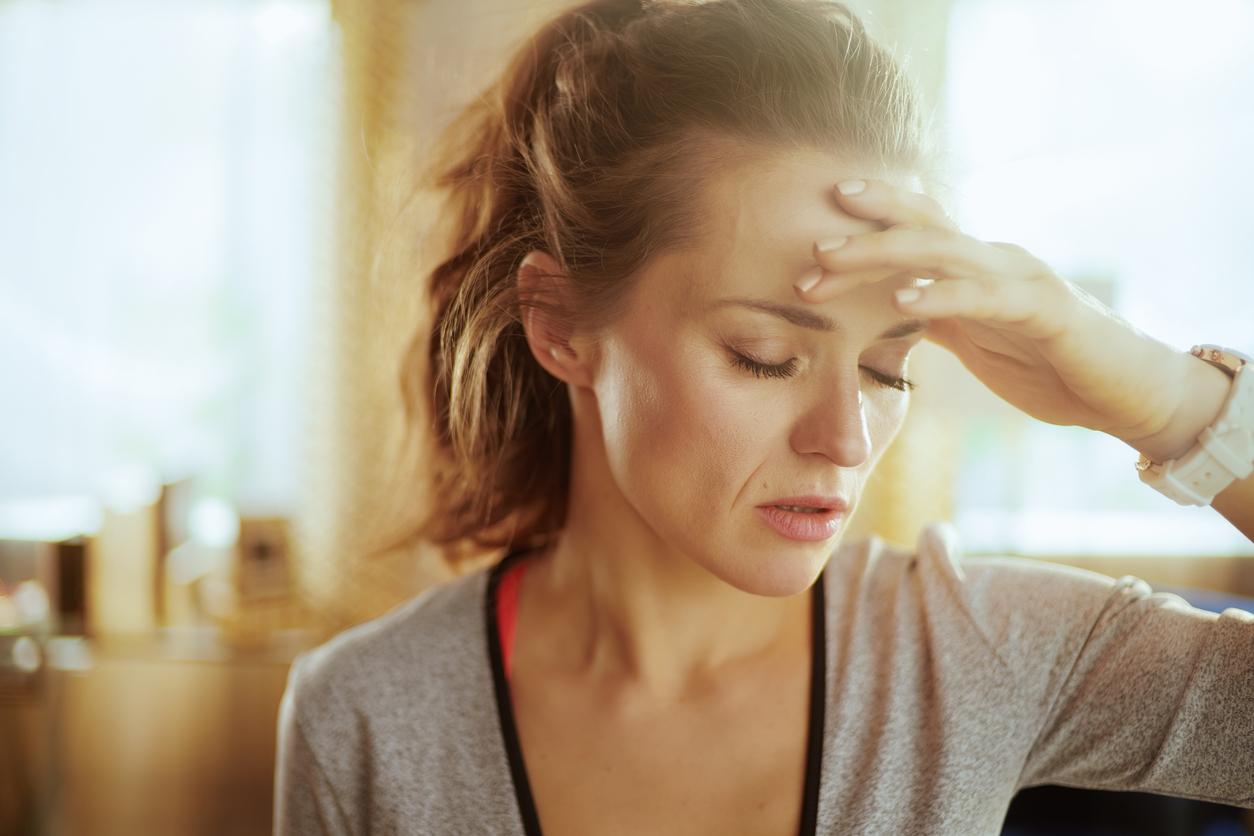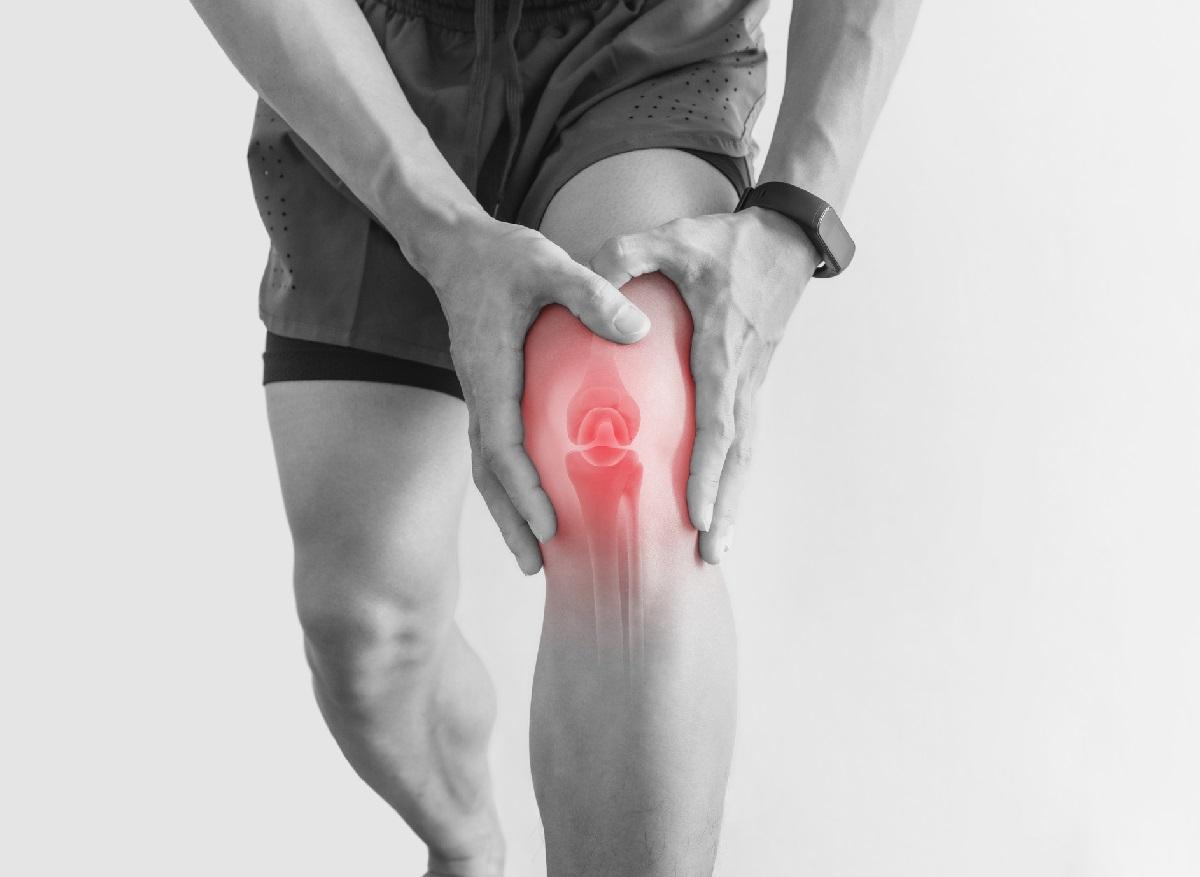Thermotherapy
Heat therapy involves applying heat or cold to the joints to improve symptoms of osteoarthritis. Heat improves blood circulation (by vasodilation), supplies cells with oxygen and relaxes muscles. The cold reduces swelling, constricts blood vessels, and has an anti-inflammatory effect that blocks nerve impulses to the joints. In both cases, heat and cold work against the sensation of pain.
Electrotherapy
This electro-stimulation therapy consists of using electric currents (of very low intensity, don’t worry) in order to decrease the nerve conduction of the patient. painful message. To transmit these micro-currents, the physiotherapist places electrodes around the painful area which will have two actions:
• Pain blocking, by inhibiting the transmission of the pain signal to the brain.
• The secretion of endorphins, the natural molecules of well-being, which will also erase the painful sensation.
These micro-currents do not present any contraindication and often make it possible to reactivate muscles or organs which were no longer functioning because of the pain.
Pulse ultrasound
The therapy consists of sweeping the painful areas for a few minutes with an ultrasound machine in order to reduce the inflammatory response and improve the healing of tissues (especially cartilage). This ultrasound can be transmitted continuously or in pulsed mode. They will heat up the treated areas and have a micro-massage effect. This therapy is, for now, mainly used to reduce pain. But it is seen as a promising approach to tackle joint degeneration.
Note that ultrasound is not used in people with surgical equipment. In other words, no ultrasound for carriers of hip prosthesis.
Read also :
Osteoarthritis of the knee: 4 joint exercises to regain mobility
Infographic: the best anti-osteoarthritis foods
Osteoarthritis: 6 tips to limit the risks










